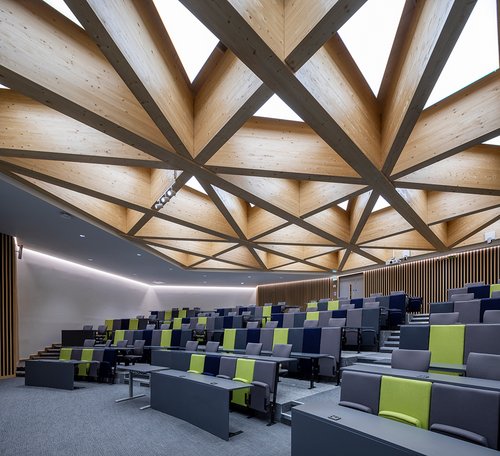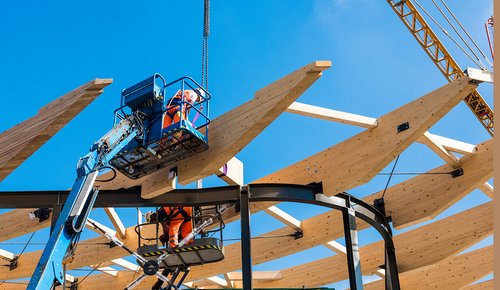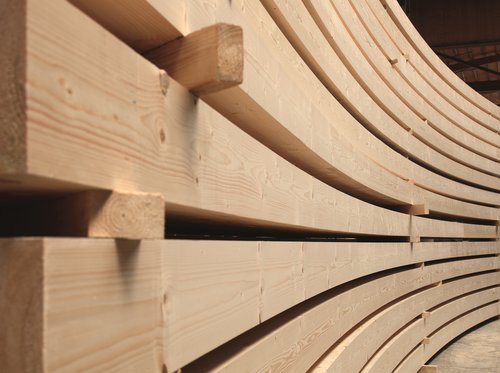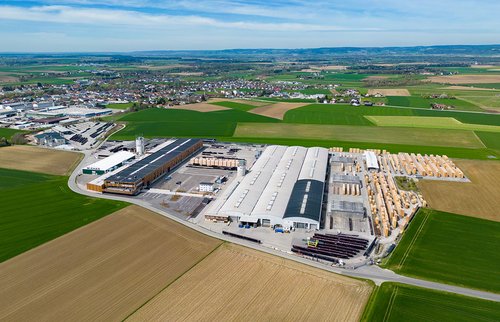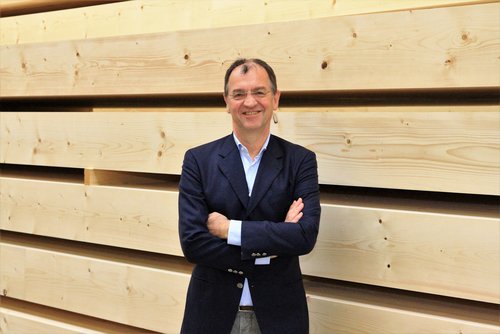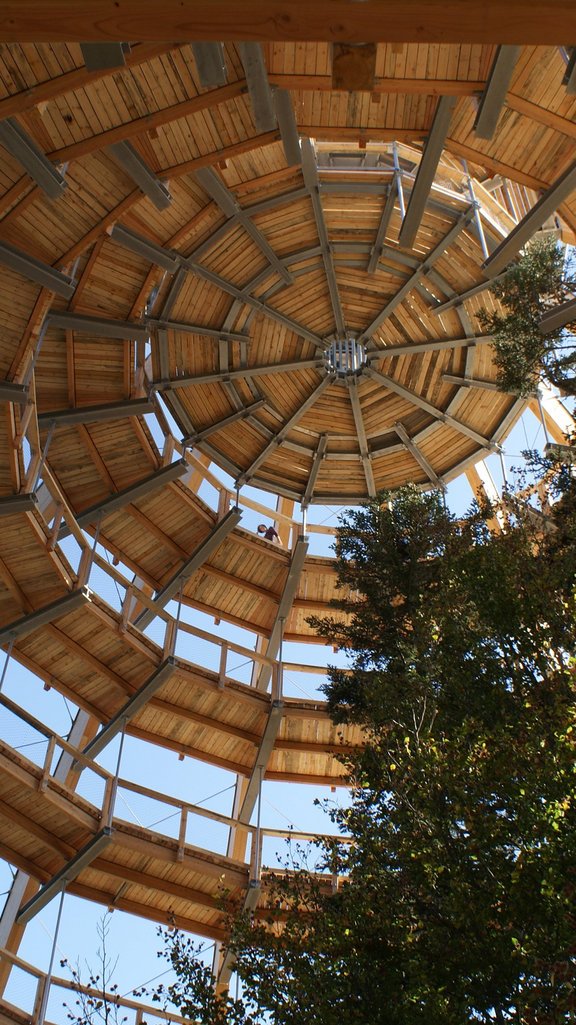
Building with wood makes sense
Building with wood makes sense
WIEHAG pursues sustainable development goals
Wood as a renewable raw material is on everyone's lips as the "building material of the future" and makes a significant contribution to the implementation of sustainable buildings. We understand this to mean not only the ecological advantages that wood brings, but also the construction of healthy and inspiring buildings. These shape our environment in the long term and have an influence on the people who live in and around these buildings for generations.

